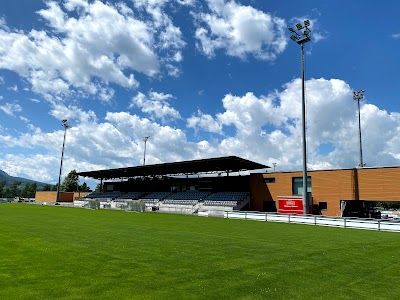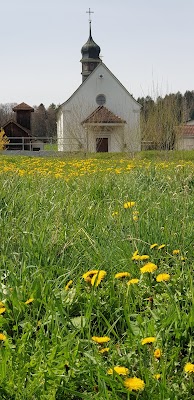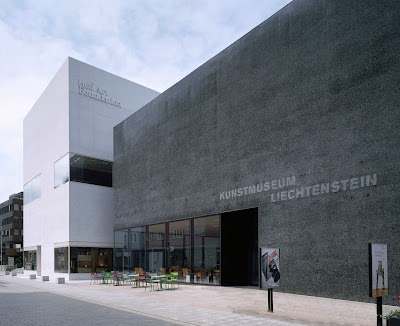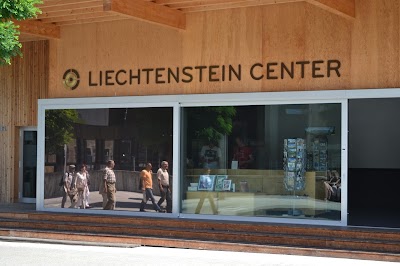St. Theodul's Chapel (Kapelle St. Theodul)
Overview
St. Theodul's Chapel, nestled in the picturesque village of Triesen in the enchanting country of Liechtenstein, is a captivating example of medieval architecture that reflects deep historical reverence. Its story dates back to the early 15th century, a time when small communities relied on their places of worship not only for spiritual guidance but also as cultural and social hubs that brought people together.
The construction of St. Theodul’s Chapel was a collective effort, supported by local villagers who desired a nearby place for worship instead of traveling to larger towns. Estimated to have begun around 1438, the chapel was built primarily through the manual labor and craftsmanship of local artisans who employed locally sourced stone, ensuring that the structure harmonized beautifully with the surrounding Alpine foothills.
One of the chapel's most striking features is its compact yet sturdy rectangular nave, adorned with late-Gothic frescoes that have withstood the test of time. These frescoes, although aged, vividly convey the deep spiritual and artistic traditions of the era. They depict biblical scenes and figures of saints, painted in rich, earthy tones that complement the chapel's serene ambiance.
The architecture of St. Theodul's Chapel adheres to the classic Gothic style, characterized by pointed arches and a simple yet elegant vaulted ceiling. The stone walls, while unpretentious, are expertly constructed to endure the challenges of Alpine weather. Originally, the roof was likely made of wooden shingles, which have since been replaced to ensure the structure's preservation.
A significant enhancement to the chapel occurred in the late 15th century with the addition of a beautiful, slender bell tower. This tower houses a single, mellifluous bell that has called the faithful to worship for over five centuries. Its delicate spire reaches toward the heavens, symbolizing a connection between the earthly realm and the divine.
By the 17th century, St. Theodul’s Chapel underwent further renovations to meet the evolving needs and styles of worship. Additional embellishments and a small sacristy were constructed, all carefully integrated to maintain the original structure's historical integrity. These changes reflect the chapel's adaptability while honoring its past.
The chapel is named after St. Theodul, also known as St. Theodore, a revered bishop and missionary celebrated for his piety and dedication to spreading Christianity. Over the centuries, St. Theodul’s Chapel has remained a vital spiritual haven for the community, underscoring the enduring legacy of the people who built it amid the challenges of medieval life.
In the 20th century, organized efforts to preserve the chapel emerged, recognizing its historical and cultural significance. Local authorities and supporting entities undertook conservation projects to safeguard the aging frescoes and maintain the building’s structural integrity. These initiatives have ensured that the chapel remains not merely a relic of the past but a living part of Triesen's heritage.
Surrounded by lush greenery and the serene backdrop of majestic mountains, St. Theodul's Chapel stands as a tranquil and inspiring place. It serves as a snapshot of the region’s rich history and architectural prowess while continuing to function as a spiritual sanctuary for both locals and visitors alike.
In modern times, St. Theodul's Chapel in Triesen serves as a poignant reminder of the timelessness of faith and community. Its historical journey from the 15th century to the present is a testament to the enduring power of devotion, craftsmanship, and heritage, inviting all who visit to reflect on the deep connections that bind us through time.









